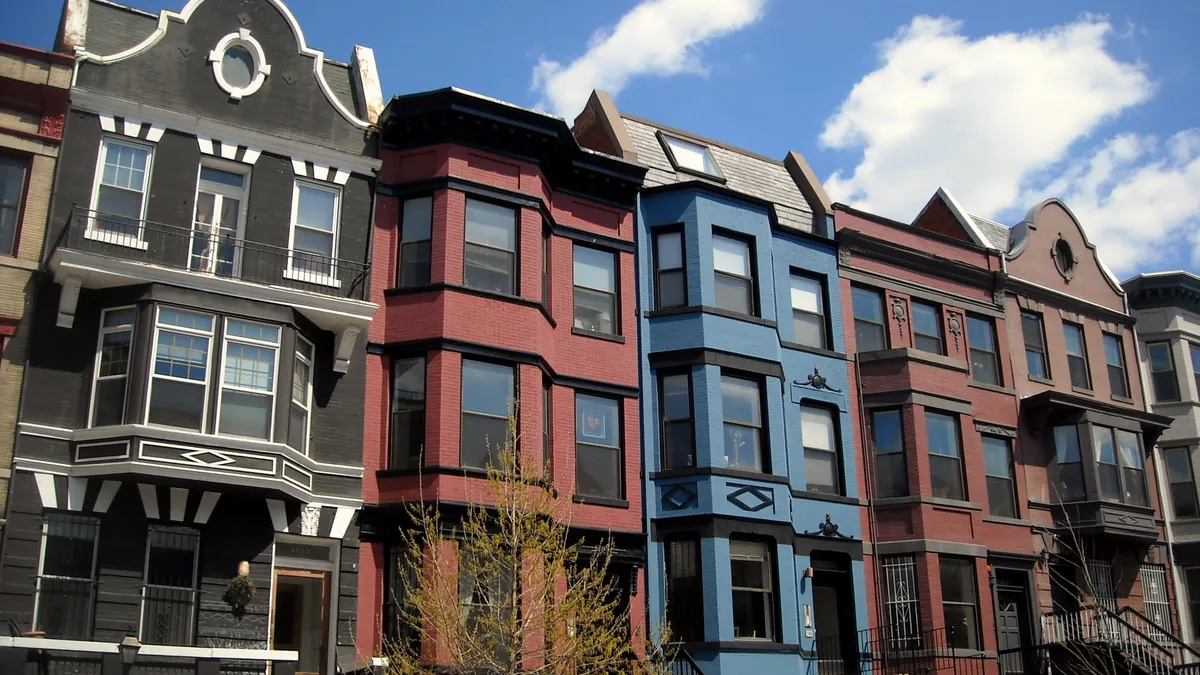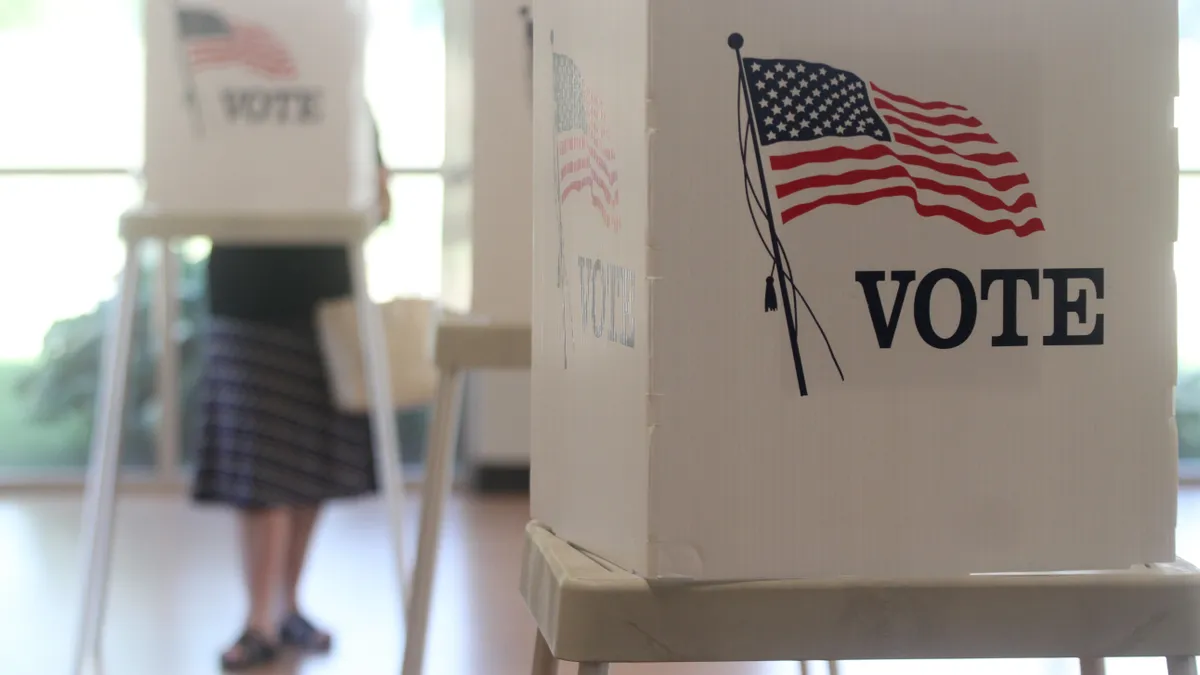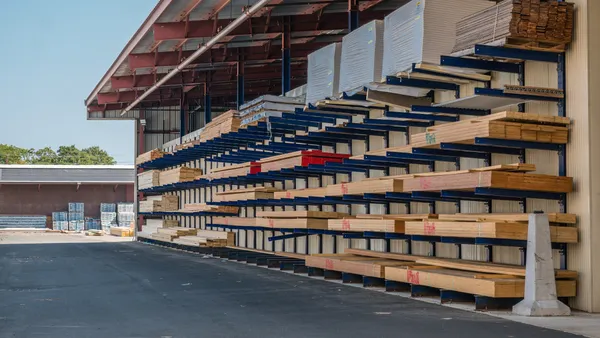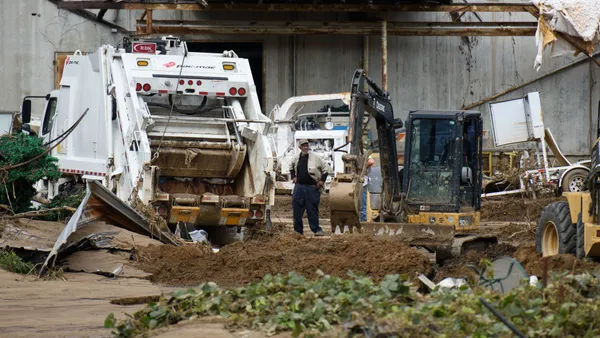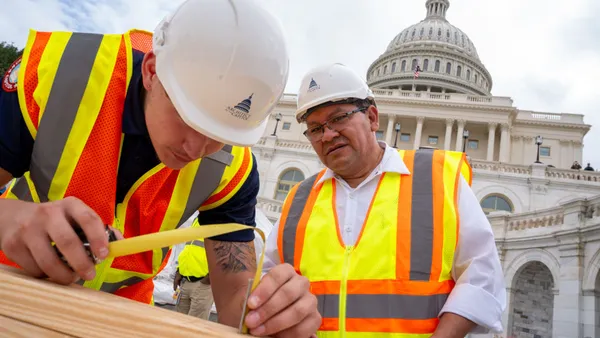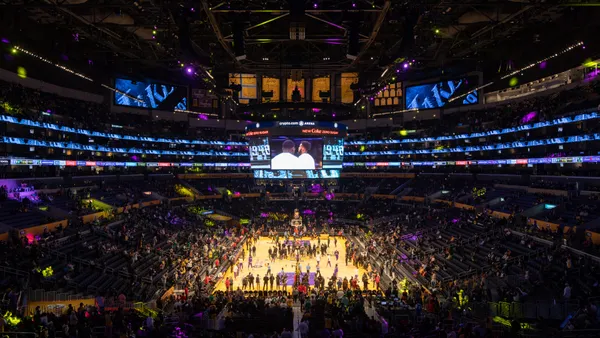Dive Brief:
- A National Association of Realtors 2015 fourth-quarter report found that U.S. home prices, driven by a lack of inventory, continued to accelerate through the quarter.
- The NAR report determined that the price for a median existing single-family home increased in 81% of the markets measured, with 145 out of 179 metros showing gains when compared with the fourth quarter of 2014, which recorded gains in 87% of metros.
- The NAR also found that the national median existing single-family home price was up 6.9% from the fourth quarter of 2014 to $222,700, while total existing-home sales, including both single-family and condominiums, fell 5.4% to a seasonally adjusted annual rate of 5.18 million — an increase from 2014’s fourth quarter rate of 5.06 million.
Dive Insight:
NAR Chief Economist Lawrence Yun said that despite the slower pace of sales from earlier in 2015, price growth gained momentum in the fourth quarter.
"Even with slightly cooling demand, the unshakeable trend of inadequate supply in relation to the overall pool of prospective buyers inflicted upward pressure on home prices in several metro areas," Yun said in a release. "As a result, homeownership continues to be out of reach for a number of qualified buyers in the top job producing, but costliest, parts of the country – especially on the West Coast and parts of the South."
Yun said that if new home construction doesn’t pick up and more existing homeowners don’t put their homes on the market, price growth could very well continue into 2016. At the end of the fourth quarter, there were 1.79 million existing homes available for sale, down from 1.86 million for the same quarter 2014. Average supply was also down from the fourth quarter of 2014, 4.9 months to 4.6 months.
In the January Fannie Mae Home Purchase Sentiment Index, consumer sentiment dropped 1.7% from December due to wage stagnation and rising home prices. In addition, only 31% of those surveyed for the report felt it was a good time to buy a home, down 3% month-over-month.
These factors have created a situation where the market keeps moving the goalposts in terms of the down payment necessary for first-time homebuyers to get into a home. Combine that with rising rents, and it’s no wonder Zillow predicted that in 2016, homeownership would be out of reach for the bottom one-third of wage earners.


